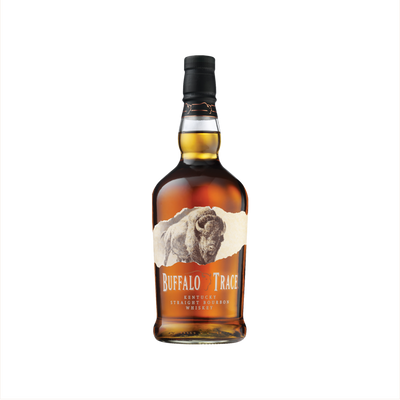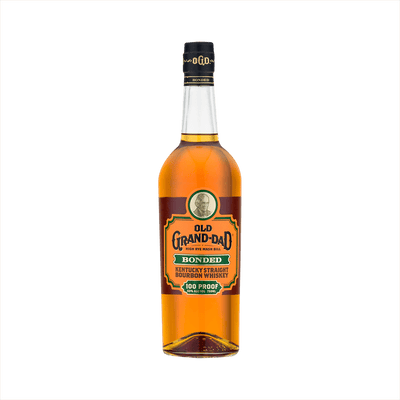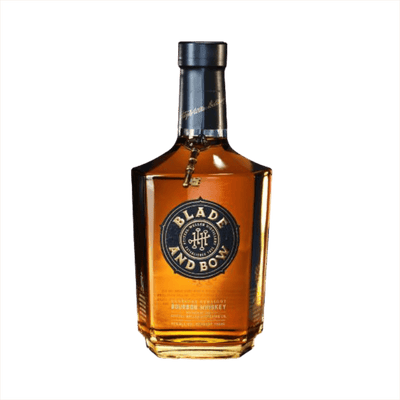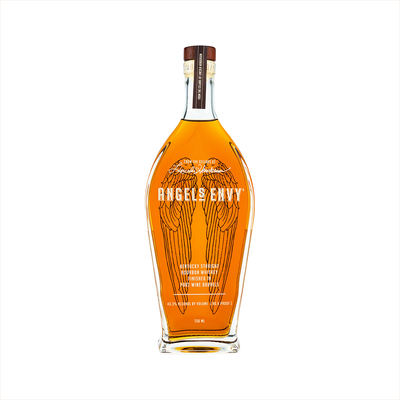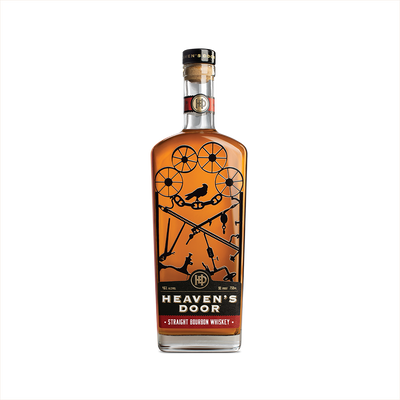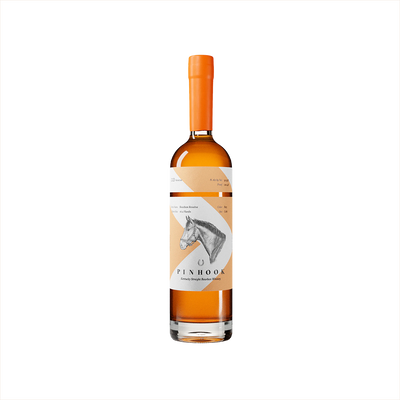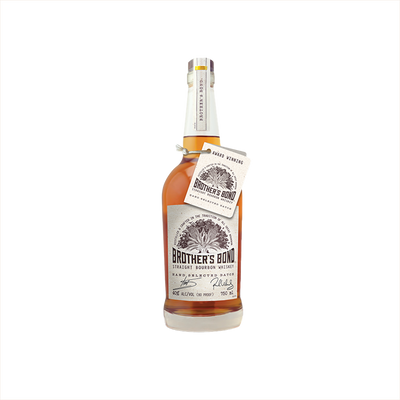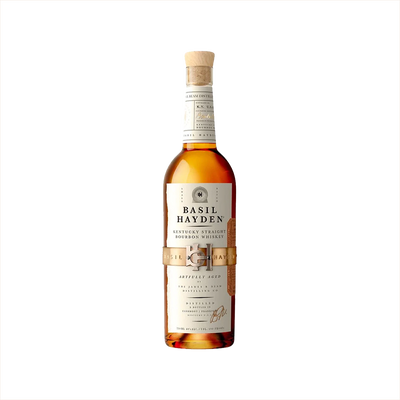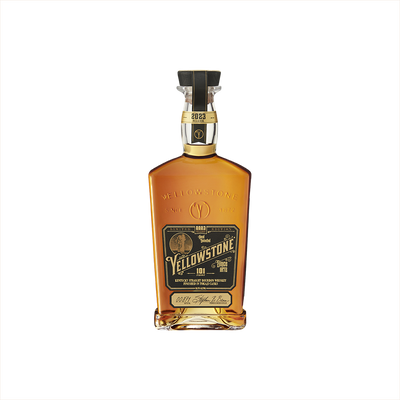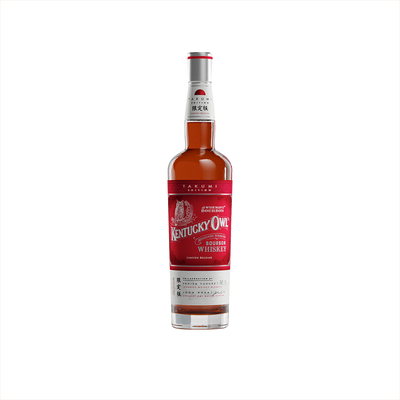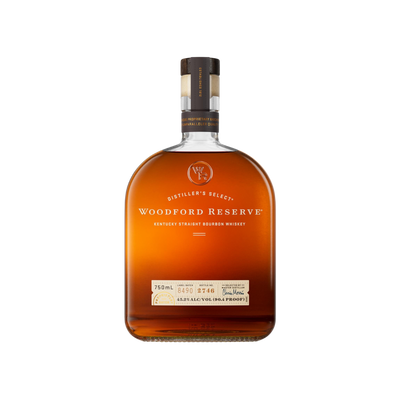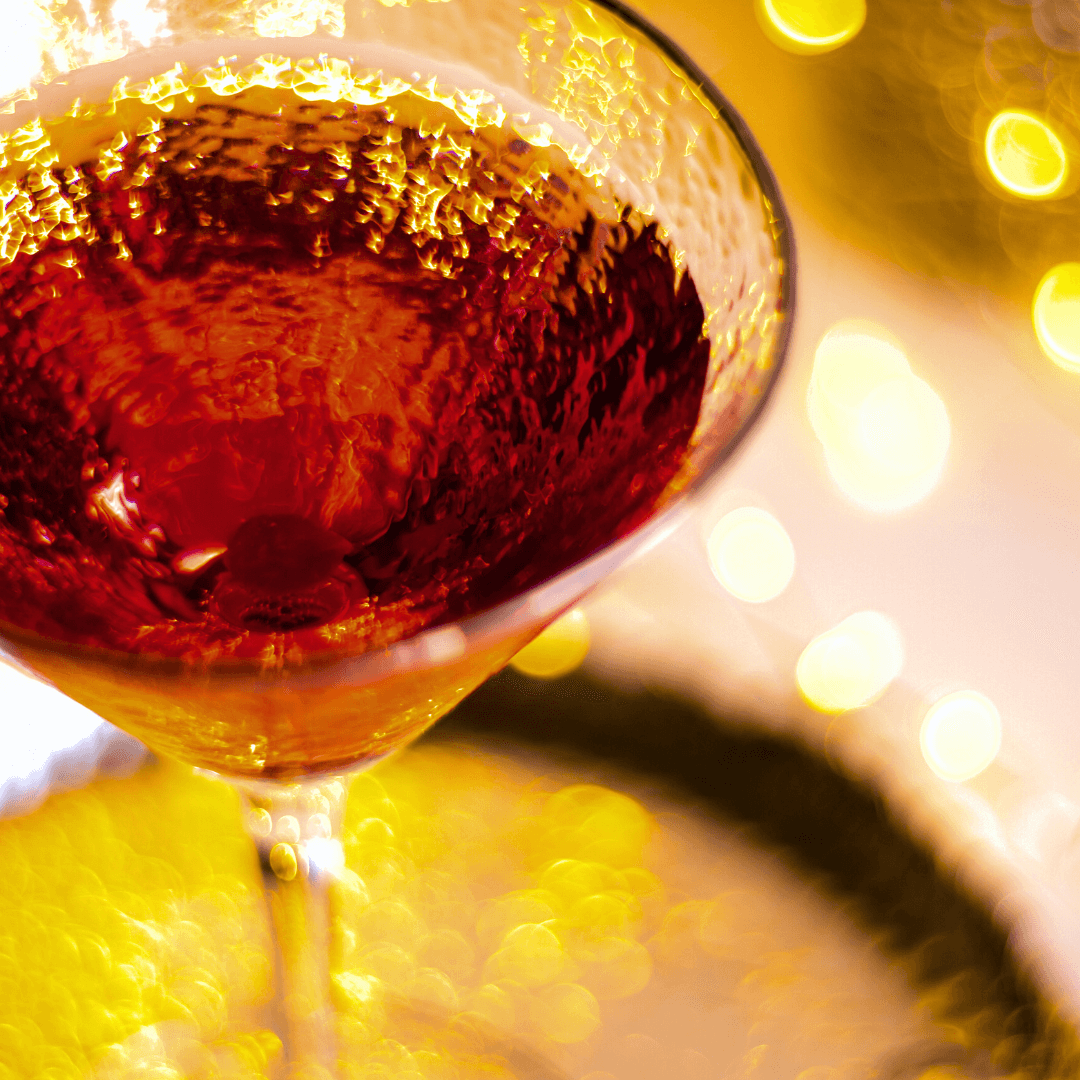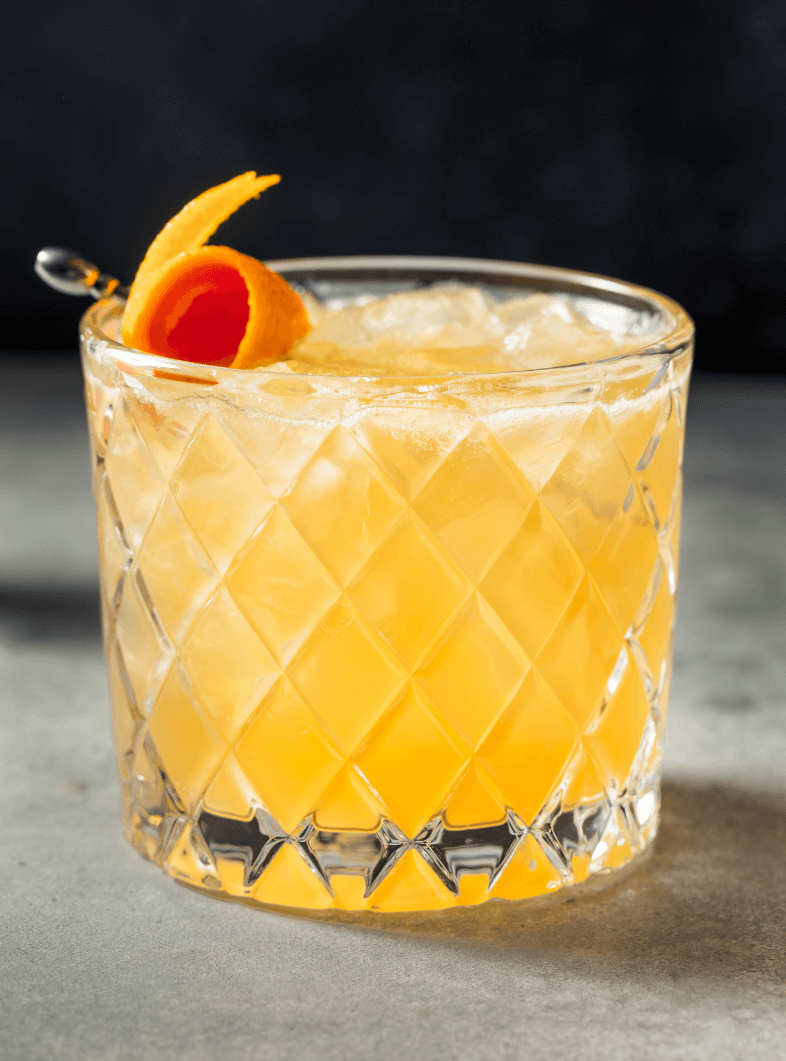Kentucky Straight Bourbon
What is Kentucky Straight Bourbon?
Kentucky Straight Bourbon is a specific type of Bourbon Whiskey that must be produced in Kentucky and aged for a minimum of two years in new, charred oak barrels without any added flavoring or coloring. To earn the "straight" designation, this whiskey must contain at least 51% corn in its mash bill and be distilled to no more than 80% alcohol by volume, then entered into barrels at no more than 62.5% ABV. The result is a distinctly American spirit that captures the essence of Kentucky's bourbon-making tradition, with the extended aging process developing complex flavors that range from sweet vanilla and caramel to spicy oak and leather notes.
Learn More About Kentucky Straight Bourbon
What makes Kentucky Straight Bourbon unique?
Kentucky Straight Bourbon stands apart through its strict adherence to both federal regulations and the state's legendary limestone-filtered water, which removes iron while adding calcium and magnesium that yeast loves during fermentation. Unlike regular bourbon that can be made anywhere in the US, Kentucky Straight must be distilled, aged, and bottled within the Bluegrass State's borders for a minimum of two years in new charred oak barrels, creating those signature caramel and vanilla notes that define the category. The combination of Kentucky's climate—with its hot summers and cold winters that push the whiskey in and out of the barrel wood—and the state's centuries-old distilling traditions produces a depth and consistency that other regional bourbons simply can't match.
How is Kentucky Straight Bourbon made?
Kentucky Straight Bourbon starts with a mash bill containing at least 51% corn, mixed with wheat or rye and malted barley, which gets fermented with yeast and distilled to no more than 80% alcohol by volume. The clear spirit then goes into new, charred oak barrels at no higher than 62.5% ABV and ages for a minimum of two years in Kentucky's climate-controlled warehouses. The bourbon picks up its signature vanilla, caramel, and spice notes from the charred oak while the temperature swings push the spirit in and out of the wood, concentrating flavors and developing that rich amber color we all recognize.
How do you drink Kentucky Straight Bourbon?
Kentucky Straight Bourbon shines brightest when sipped neat or on the rocks, allowing you to fully appreciate its complex vanilla, caramel, and oak flavors that develop from aging in charred oak barrels. Many bourbon lovers also enjoy it in classic whiskey cocktails like Old Fashioneds, Manhattans, Mint Juleps, and Boulevardiers, where the spirit's robust character holds up beautifully against other ingredients. While bourbon works year-round, it's particularly satisfying during cooler months when its warming qualities feel most welcome, making it perfect for autumn evenings, winter gatherings, and cozy fireside moments.
How do I choose good Kentucky Straight Bourbon?
Start by considering your intended use—if you're mixing cocktails like Old Fashioneds or Manhattans, look for bourbons with higher proof (100+ proof) and bold flavor profiles that can stand up to other ingredients, while sipping neat calls for smoother, more nuanced bottles around 90-95 proof. Check the mash bill details when available; higher rye content (15-20%) brings spicier notes perfect for cocktails, while wheated bourbons offer softer, sweeter characteristics ideal for slow sipping. Don't get too caught up in age statements or fancy marketing—some younger bourbons pack incredible flavor and value, so trust your palate and start with well-regarded distilleries like Buffalo Trace, Heaven Hill, or Wild Turkey before exploring smaller producers.
Nutritional Information
Typical Calorie Range per Ounce: 64-70 calories
Typical Carbohydrate Range per Ounce: 0-0.1 grams
Typical Sugar Range per Ounce: 0 grams
Typically Gluten Free: Yes
Kentucky Straight Bourbon gets its calories from alcohol content, which typically runs between 40-50% ABV (80-100 proof). The distillation process removes virtually all carbohydrates and sugars from the original grain mash, leaving behind a spirit that's essentially carb-free. While bourbon starts with a grain bill that includes corn, wheat or rye, and malted barley (all containing gluten), the distillation process typically removes gluten proteins. Most bourbon is considered gluten-free, but individuals with severe celiac disease should consult their healthcare provider and always check detailed product information to confirm gluten-free status, as manufacturing processes can vary between distilleries.
Scrolled this far? Your reward? Kentucky Straight Bourbon Trivia!
- The "Lincoln County Process" isn't from Lincoln County, Kentucky—it's from Tennessee. This charcoal filtering method that defines Tennessee whiskey was actually named after Lincoln County, Tennessee, where Jack Daniel's was originally located. Many people assume it's a Kentucky technique because of the name, but Kentucky bourbon makers generally skip this step entirely, letting their whiskey go straight from barrel to bottle without charcoal mellowing.
- Kentucky's limestone water doesn't just taste good—it's naturally iron-free, which prevents bourbon from turning black. Iron causes whiskey to develop an unappetizing dark color and metallic taste. Kentucky's ancient limestone bedrock filters out iron while adding calcium and magnesium, creating the perfect brewing water. This geological accident of geography is why Kentucky became bourbon country, not just tradition or marketing.
- Bourbon barrels can only be used once for bourbon, but they live multiple lives around the world. After their single Kentucky stint, these charred oak vessels become Scotch whisky barrels in Scotland, age rum in the Caribbean, store hot sauce in Louisiana, and even become furniture. Some Japanese whisky makers pay premium prices for used bourbon barrels, considering them essential for creating their signature flavor profiles.
- The "Kentucky Chew" is a real professional tasting technique that sounds ridiculous but works. Master distillers literally chew bourbon samples, swishing them around their mouths for 10-15 seconds before spitting them out. This extended contact time with taste buds reveals subtle flavor notes that a quick sip would miss. The technique looks absurd but helps professionals detect everything from grain variations to barrel char levels.
- Bourbon ages faster on upper warehouse floors due to temperature swings, creating a natural selection process. The top floors of rickhouses can reach 130°F in summer and drop to near-freezing in winter, while lower floors stay relatively stable. This "breathing" effect pushes bourbon deeper into the wood and extracts more flavor compounds. Premium bottles often come from these hot upper floors, where a 6-year-old bourbon can taste like it aged for 8-10 years in calmer conditions.
Higher-proof spirits can be intense. Mix carefully, taste thoughtfully, and enjoy responsibly.
Gift message (optional)


